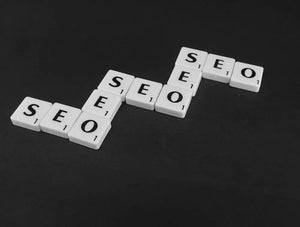When it comes to navigating a website, there are two main ways to do it: by scrolling, or by clicking. But how do we know which is more useful, a scroll or a click when it comes to your business’s website? Keep reading as we go through the benefits of each so that you can set up your website in a way that will drive the right kind of traffic and lead you to ultimate success.
For SEO purposes, it's best not to rely on infinite scrolling in the way that most social networks do.
To understand why, have a look at this sample URL by Google: http://scrollsample.appspot.com/items. Keep your eye on the URL window and see how the URL changes as you scroll down/up the page.
If you have a reasonable number of products in the category (let's say, less than 40), you could consider showing the complete list of products on a single page. Even if you don't show them all, having a link with "view all the products on a single page" will help users and search engines.
When deciding whether to show a lot of information on a page vs. separating it on different pages, it's best to see what your competitors do. If you choose to differentiate, that's fine, but it's best to research and make an informed decision.
Generally, studies show that while some people like to scroll, others do not. Solely clicking is not always the better option either. Many users will never go to the second page of search results. A 2020 study of billions of search results showed that the first result in a Google Search Engine Results Page (SERP) is around 28.5%. Then, it goes down - the second and third positions have a 15% and 11% click-through rate, respectively. Results on the second page have a CTR of less than 1% for each position.
But there are advantages to a click over a scroll. For example, a web page like the ‘About Us’ and ‘Contact Us’ page with solid content split into a lot of subpages (Team, Mission, Objectives), makes the individual pages harder to get (you need to click on each one) but easier to understand (the whole page is visible, you don't need to scroll in a long page).
On the other hand, many large websites (social networks, for example) use infinite scrolling to encourage uninterrupted browsing.
If the profile of your website implies a lot of categories and subcategories, clicking should be favored. From an analytics perspective, it's easier to measure the number of clicks than the percentage of a page scrolled.






